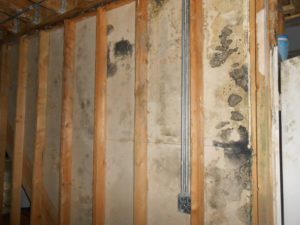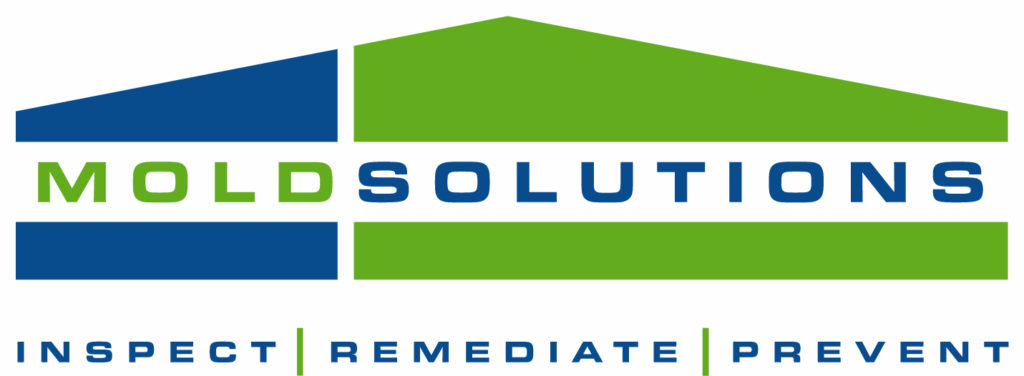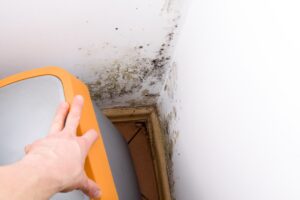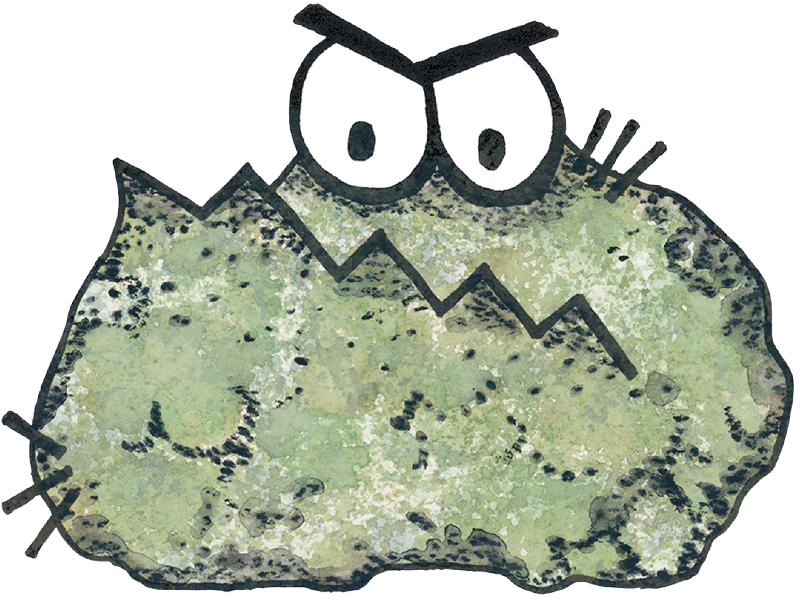 Studies show that more than 50% of attics in U.S. homes have mold, but most of us aren’t aware it’s up there. In fact, it’s generally only discovered during a home inspection. Attic mold can lead to serious health and structural issues, though, so here’s a brief look at how to check your attic for mold and what to do if you find it.
Studies show that more than 50% of attics in U.S. homes have mold, but most of us aren’t aware it’s up there. In fact, it’s generally only discovered during a home inspection. Attic mold can lead to serious health and structural issues, though, so here’s a brief look at how to check your attic for mold and what to do if you find it.
What to Look For
This is actually the easiest step. The best way to look for mold in your attic is to do just that—look. Discoloration is a clear sign, but be careful; often discoloration may be due to dirt and mud from the home construction process. Mold comes in a variety of different colors and forms, though, so be sure any discoloration is not mold before you begin to scrub the walls. Disturbing the mold can cause its spores to be released into the air and in turn, you can end up inhaling them. It’s not the end of the world but who wants to purposely inhale mold spores if they can help it?
Water stains are another giveaway. If there are stains or wet sheetrock in your attic or in the ceiling of a room directly below the attic, you may either have mold already or be on the track to getting it very soon. A call to an attic mold removal professional would be in order. Lucky for you, that’s what we do.
What Causes Household Mold in Your Attic
Poor or inadequate ventilation is the number one cause of attic mold, and this is particularly the case if your home is located in a four-season climate area. The annual cycles of freezing and thawing leave your home susceptible to mold due to the formation of condensation in your attic. If you don’t have proper attic ventilation, your are especially likely to have attic mold.
Another cause is water seeping into your attic through your roof and/or siding. Check your attic ceiling and walls for drips and leaks. If you find some, get them repaired quickly and then check for mold; there’s likely some nearby.
How to Remove It
If you discover large amounts of mold in your attic or if an inspector has confirmed it, the best course of action is to hire a mold removal specialist. In most cases, however, the growth is minor and doesn’t require a professional or wholesale replacement of structural components like walls or joists.
We’ve all seen mold in bathtub grout, for example, and if that is the level of attic mold you find, it can be easily removed with a do-it-yourself mixture of bleach and water.
If you have any questions or concerns, or if the mold is widespread, however, we’re happy to offer our expertise and get you on the path to a mold-free attic.







